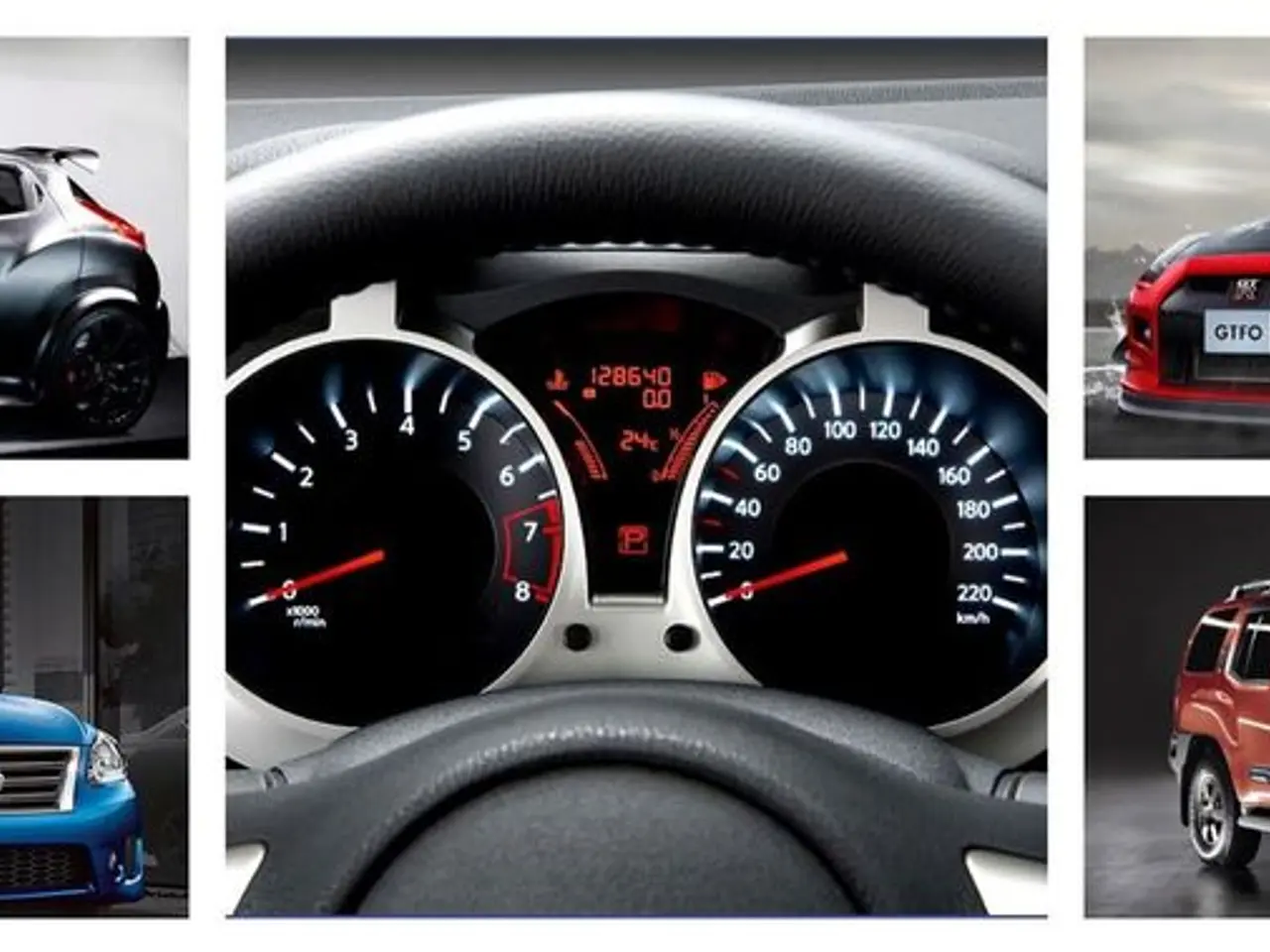Debating the Merits: Car Loan versus Saving First Before Purchasing a Vehicle
In the world of personal finance, one question that often arises is whether to take a car loan or to save up and buy a car outright. Let's explore this dilemma by comparing the two options.
Firstly, major banks in India offer car loans with interest rates lower than unsecured loans, due to the car serving as collateral. However, it's a smarter choice to buy a car using savings, despite the need to wait for the savings to accumulate. By investing Rs. 20,000 per month through a Systematic Investment Plan (SIP) for 5 years, a corpus of Rs. 15.58 lakh can be created with a 10% return. This total savings amount is substantially larger than the target amount of Rs. 12 lakh for a car purchase.
Investing this corpus in Aggressive Hybrid Funds can provide some cushion from market volatility, and continuing the SIP investment beyond the initial 5-year period can provide enough savings for car upgrades or new purchases every 5 years.
On the other hand, taking a Car Loan can result in paying 20% to 30% extra on the on-road price. Over a 5-year loan tenure, a Car Loan can cost an extra 20% of the car value as interest and other charges. Over a 7-year loan tenure, this cost can increase to an extra 30% of the car value. Most banks require a down payment of 10% to 20% of the car's on-road price at the time of purchase.
Moreover, there are no tax benefits when paying off a Car Loan, unlike Home Loans or Education Loans. Document charges, processing fees, and Goods and Services Tax (GST) on processing fees are additional costs associated with Car Loans.
Comparing the two methods, buying a car with savings offers immediate ownership and complete debt-freedom after the purchase, while financing a car means paying interest but retaining investment gains on the saved amount. The opportunity cost of buying with savings is the potential investment returns foregone, which can amount to around Rs. 7,200 if invested at a 3.5% return over 5 years.
In conclusion, the choice between a car loan and savings boils down to a trade-off between interest paid and investment gains. Financing often costs more in interest but preserves investment growth; paying cash saves interest but sacrifices returns. It's essential to consider factors such as your loan’s APR, term, your mutual fund’s expected return, and tax effects on withdrawals to determine which method is cheaper for you.
Lastly, it's worth noting that there is an alternative to taking a car loan: buying a car using savings. This approach can save you thousands of dollars in interest and lost investment returns over the term of the loan.
Using a Systematic Investment Plan (SIP), you can build up a substantial amount for a car purchase by investing a monthly sum. For instance, investing Rs. 20,000 per month for 5 years can create a corpus of Rs. 15.58 lakh with a 10% return.
Investing this saved amount in Aggressive Hybrid Funds can help mitigate market volatility and provide enough savings for car upgrades or new purchases every 5 years.
While taking a car loan can result in additional costs such as interest, processing fees, and GST, choosing to save up and buy a car outright allows for immediate ownership and complete debt-freedom after the purchase.




